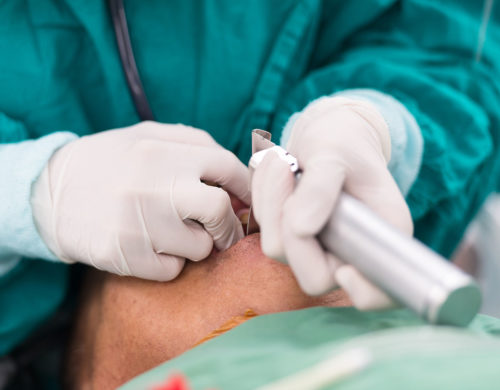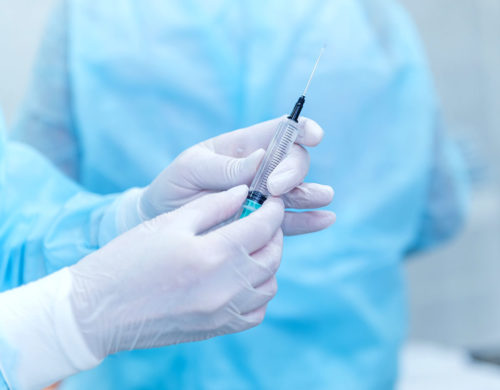APSF News & Updates
Designing a Program for Infection Prevention in the Anesthesia Work Environment
September 3, 2020
Intraoperative bacterial and viral contamination of the anesthesia work environment (AWE) has been directly linked to 30-day postoperative infections. Proven sites of contamination include…
ISMP Supports NRFit Initiative to Reduce Neuraxial Catheter Misconnections
September 1, 2020
The Institute for Safe Medication Practices (ISMP) recently wrote an article introducing and supporting the international movement called NRFit, aimed at preventing epidural or intrathecal catheter injections of medications meant…
MH Survival without Dantrolene
August 25, 2020
Treatment of intraoperative malignant hyperthermia (MH) usually involves administration of IV dantrolene, which reduces the mortality from over 80% if untreated to less than 10%…
Reducing Risk of COVID-19 Transmission: Combining a Surgical Smoke Evacuator Plus a Plastic Drape to Increase the Effectiveness of Reducing Aerosolized and Airborne Load Produced by Intubation and Extubation
August 25, 2020
In the preceding Letter to The Editor of this publication, one of the authors communicated the concept of using an already widely available, ultra-high-efficiency-filtered operating room device…
Surgical Smoke Evacuators as a Method for Reducing Risk to Personnel of COVID-19 During Endotracheal Intubation and Extubation
August 25, 2020
In the midst of the COVID-19 pandemic, anesthesia providers, intensive care unit and emergency room staff, and other health care workers (HCW’s) often find themselves in close proximity…
Right Case, Right Patient, Right Place- A Case Report Applying the Office-Based Anesthesia Curriculum in a Complex Patient during the COVID-19 Crisis
August 4, 2020
One of the primary factors for improved safety of office-based anesthesia is the clinical decision-making to determine appropriate selection of patient, procedure, anesthetic and…






